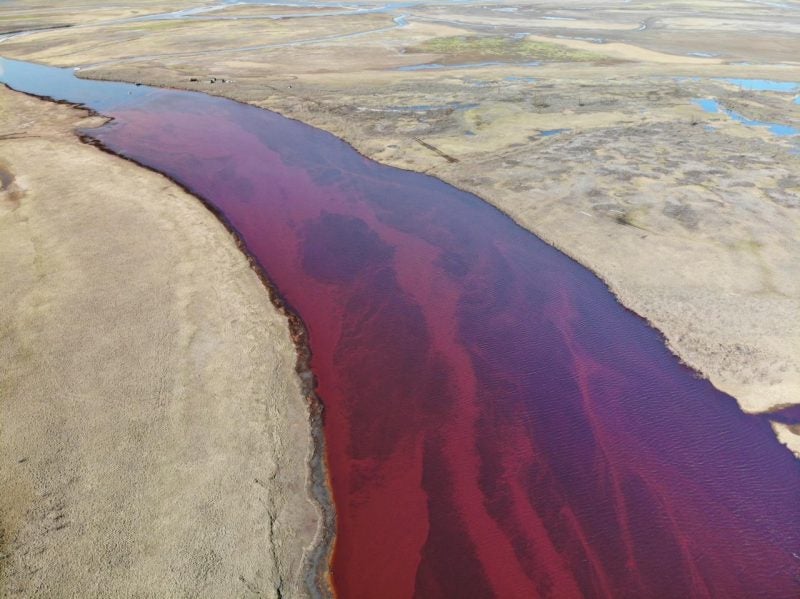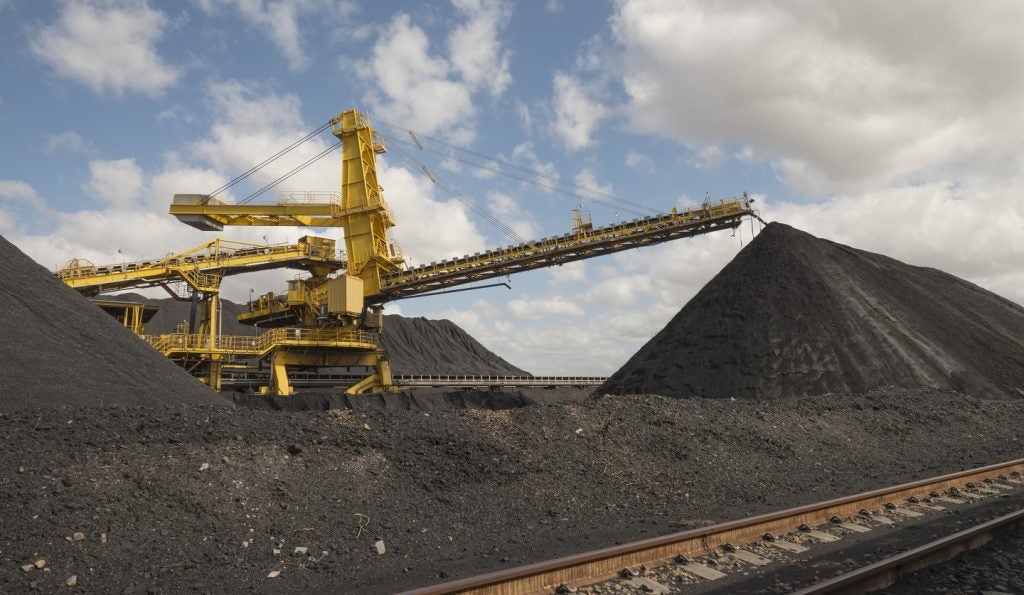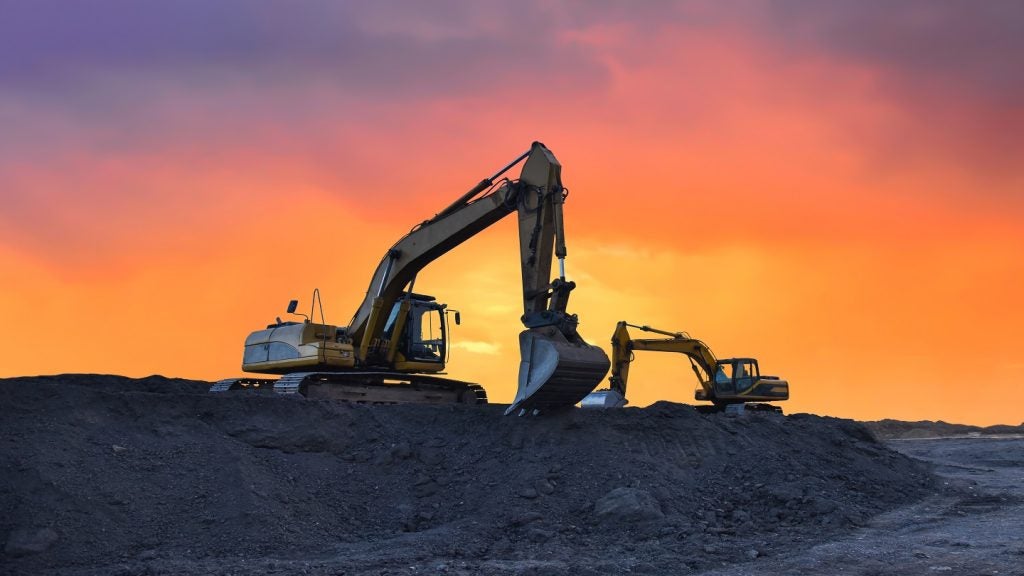
The system is being developed in response to the Norilsk oil spill, which occurred on 29 May when a fuel storage tank at the Nornickel-owned Norilsk-Taimyr Energy’s Thermal Power Plant No. 2 failed, flooding local rivers with at least 20,000 tonnes of diesel oil. Nornickel claimed that the fuel tank failed due to the softening of the permafrost it was built on, but this explanation was criticised by environmental groups who saw it as an attempt to diminish Nornickel’s liability in the spill. Rostekhnadzor, Russia’s regulatory body for natural resources, had ordered the company to take steps to clean and maintain the fuel tanks in the mid-2010s, but these steps were not taken.
Responding to the oil spill with a new permafrost monitoring system
Despite contested claims over the cause of the tank failure, the monitoring system could be a useful programme for Nornickel’s operations, which are largely located above the Arctic Circle. Nornickel will be looking to find solutions that could prevent another environmental disaster at its operations – the company has been significantly rocked by the Norilsk oil spill, and a second, smaller spill in July from a pipeline belonging to Norilsktransgaz has only compounded the company’s recent struggles. For the wider industry, permafrost monitoring in real time could be a boon to environmental efforts, allowing for more effective, efficient and adaptable environmental planning.
In a statement alongside its H1 results, first vice president and COO Sergey Dyachenko said that the monitoring system is expected to be designed and rolled out by the end of 2021, with Nornickel enhancing the capabilities of its existing permafrost diagnostics centre in the meantime. The company has also committed to a comprehensive audit of hazardous production facilities.
The cost of the Norilsk oil spill has been contested by Nornickel. Russia’s environmental watchdog requested at the beginning of July that the subsidiary of Nornickel responsible for the spill pay “voluntary compensation” of RUB147.5bn ($2.04bn) to cover the cost of the environmental damage, but Norncikel disputed the methodology used and the extent of the damage caused. In June, the company has estimated the clean-up cost to be RUB10.64bn ($150m).
In Nornickel’s latest update on clean-up progress, Dyachenko said work had almost completed the clean-up of the Ambarnaya River and the collection of contaminated soil. Construction has begun on a temporary pipeline for transporting the collected water-fuel mixture to a treatment and disposal site.
Nornickel’s H1 2020 results
Meanwhile, Dyachenko confirmed that the Covid-19 pandemic has not had a material impact on Nornickel’s operations.
How well do you really know your competitors?
Access the most comprehensive Company Profiles on the market, powered by GlobalData. Save hours of research. Gain competitive edge.

Thank you!
Your download email will arrive shortly
Not ready to buy yet? Download a free sample
We are confident about the unique quality of our Company Profiles. However, we want you to make the most beneficial decision for your business, so we offer a free sample that you can download by submitting the below form
By GlobalDataIn the first half of 2020, Nornickel’s carbonyl nickel output increased 41% year-on-year to 3.2kt and copper in concentrate increased by 49% over the previous year to 30kt, but the company reported a 17% decline in palladium and platinum output. The company attributed this decrease to a high base effect of H1 2019 when the Krasnoyarsk Precious Metals Plant processed earlier accumulated work-in-progress inventory.






